Exhibition at Kunstmuseum Basel focuses on the reign of the last Ottonian ruler
Antependium, Golden altarpiece. © Photo: RMN-Grand Palais (Musée de Cluny – musée national du Moyen Âge) / Michel Urtado.
BASEL.- This major new exhibition unfurls a panoramic cultural history of the reign of the last Ottonian ruler, viewed from multiple perspectives. Exquisite works on loan from private and public collections in both Europe and the United States provide vivid proof of the crucial role played by Emperor Henry II and his «golden gifts» both for Basel itself and for the region.
A magnificent array of medieval objects from the Ottonian Empire’s centres of cultural production and archaeological finds from the Basel region supply the larger context for the consecration of the cathedral as a watershed moment in Basel’s history. The exhibition also sheds light on how people lived a thousand years ago, Basel’s relations with the Kingdom of Burgundy, interactions between the imperial throne and the Church and the cult of Emperor Henry and Empress Kunigunde, both of whom were later canonized.
The highlight of the show is the Basel Antependium, which for the first time in decades left Paris and returned temporarily to the place for which it was originally intended.
Golden book cover, Byzantium, late 10th century, Aachen, Cathedral Treasury © Cathedral Chapter Aachen, photo: Ann Münchow, Aachen.
Basel and Henry II – the context
Basel Cathedral was consecrated on 11 October 1019 in the presence of Henry II (r. 1002–1024). That ceremonial act concluded a process that defined the Upper Rhine region with enduring effect, namely the Kingdom of Burgundy’s ceding of Basel to East Francia and the Holy Roman Empire in 1006.
Henry II and his successors endowed the bishop of Basel with countless rights and properties, making him the most powerful prince in the region. What had been an essentially rural settlement on a bend in the River Rhine was soon transformed into a major urban centre. This new status is apparent as early as the second half of the 11th century whether in the building of the city wall or later in the much richer archaeological finds from this period. The structure, development and florescence of the trinational region on the Upper Rhine can ultimately be traced back to these events.
The emperor’s lavish gifts – the «Gifts of Henry» – formed the foundation stone for the Cathedral Treasury, which over the centuries grew to become one of the most important church treasuries in Switzerland. Politically, the events of 1019 paved the way for the rule of the bishops and the consolidation of their power base on the Upper Rhine and in the Jura, from which Basel also profited. As patrons of the city, Henry II and his consort Kunigunde became enshrined in Basel’s collective memory, especially following their canonization in 1146 and 1200 respectively. Their veneration in Basel and the popularity and political role of this cult in the life of the city are the subject of the final section of this spectacular show.
Relic bust of the imperial couple Henry II and Kunigunde of Bohemia (?), Around 1430-40, Paderborn, Archiepiscopal Diocesan Museum. © St. Andreas / Thomas Obermeier Catholic Church Foundation0
The main themes
The exhibition explores the following themes:
• Europe in 1000 A.D. with archaeological evidence of life in Basel as it was 1000 years ago
• The Kingdom of Burgundy’s ceding of Basel to Henry II
• The Ottonian rulers, especially Emperor Henry II
• The connection between the Church and Henry II as secular ruler
• Henry’s religious self-image as a ruler
• Art and culture in Ottonian times
• The consecration of Basel Cathedral in 1019 and the «Gifts of Henry»
• The long-term consequences of Henry’s largesse for Basel0
On the objects
• The objects on show include many from lenders in Switzerland, the United States, France, Germany, the Netherlands, and the Vatican.
• The full breadth of the arts and crafts practised in Ottonian times is represented, including book illumination, goldsmithing, ivory carving, sculpture and bronze casting.
• Important sources (documents, coins, seals etc.) are also presented to provide a larger context for these impressive objects.
• The highlight of the show is the only two «Gifts of Henry» to have survived: the Golden Altar Frontal and the Cross of Heinrich.
Relic cross, so-called Heinrich cross, Germany, 1st half of the 11th century, extensively modified and supplemented in the 14th, 15th and 19th centuries, Basel, 1437/38, Heinrich Schwitzer (revised crucifix); Berlin, Museum of Decorative Arts & Rich cross base, Rhine-Meuse area, 2nd half of the 12th century; Bronze, gilded, Basel, Roman Catholic Church Basel-Stadt. © Staatliche Museen zu Berlin / Fotostudio Bartsch
Cross of Herimann and Idas (front and back), Cologne or Werden, 2nd quarter of the 11th century. Photo Historisches Museum Basel, Philipp Emmel
Crucifixion relief from Münchenwiler, Switzerland, mid 11th century, Fribourg, Musée d'Art et d'Histoire © Musée d’art et d’histoire Fribourg, Photo: Primula Bosshard.
Bust reliquary of St. Pantalus, Basel (?), After 1270, Basel, Basel Historical Museum. © Historisches Museum Basel / Peter Portner.
Evangeliar of Henry II, Ratisbona, before 1024, Rome, Apostolic Library. © Biblioteca Apostolica Vaticana
Portable altar of the Countess Gertrude von Braunschweig, Germany, around 1045, Cleveland, Museum of Art. © Museum of Art, Cleveland.
Cross with large enamels, Rhineland (Cologne?), Around 1000, Essen, Cathedral Treasury Essen. © Cathedral Treasury Essen / Christian Diehl.
Collaborating closely with Basel Historical Museum, researchers at the University of Basel are currently engaged in making the Basel Cathedral Treasury digitally accessible. The results of their work will serve as a basis for interdisciplinary projects aimed at probing the opportunities and possibilities opened up by computer-assisted methods in the humanities. They will also be made available to the wider public at the same time. Objects that for a thousand years have been part of Basel’s history can thus be experienced in a completely new way.
Exhibition view of 'Gold & Glory': Ivory situla and Saint Bernward chasuble. © Historisches Museum Basel, Philipp Emmel
Exhibition view of 'Gold & Glory': The Aratea of Germanicus, around 1000 AD. © Historisches Museum Basel, Philipp Emmel
Exhibition view of 'Gold & Glory': Portable altar of the Countess Gertrude von Braunschweig, around 1045. © Historisches Museum Basel, Philipp Emmel
Exhibition view of 'Gold & Glory': Golden altar. © Historisches Museum Basel, Philipp Emmel
Exhibition view of 'Gold & Glory': So-call Heinrich cross. © Historisches Museum Basel, Philipp Emmel
Exhibition view of 'Gold & Glory': Relic bust of St. Pantalus with Wheel of Fortunes. © Historisches Museum Basel, Philipp Emmel
Exhibition view of 'Gold & Glory': Corinthian capital and Werdener crucifix. © Historisches Museum Basel, Philipp Emmel
Exhibition view of 'Gold & Glory'. © Historisches Museum Basel, Philipp Emmel
Exhibition view of 'Gold & Glory': Basel around 1019. © Historisches Museum Basel, Philipp Emmel
Exhibition view of 'Gold & Glory': Sarcophagus of Empress Kunigunde. © Historisches Museum Basel, Philipp Emmel
Exhibition view of 'Gold & Glory': Sedes Lapidae of St. Emmeram. © Historisches Museum Basel, Philipp Emmel

/https%3A%2F%2Fprofilepics.canalblog.com%2Fprofilepics%2F1%2F0%2F100183.jpg)
/https%3A%2F%2Fstorage.canalblog.com%2F03%2F02%2F119589%2F96711876_o.jpg)
/https%3A%2F%2Fstorage.canalblog.com%2F11%2F31%2F119589%2F94773502_o.jpg)
/https%3A%2F%2Fstorage.canalblog.com%2F20%2F83%2F119589%2F94772815_o.jpg)
/https%3A%2F%2Fstorage.canalblog.com%2F26%2F72%2F119589%2F75604929_o.jpg)
/https%3A%2F%2Fstorage.canalblog.com%2F59%2F60%2F119589%2F26458628_o.jpg)
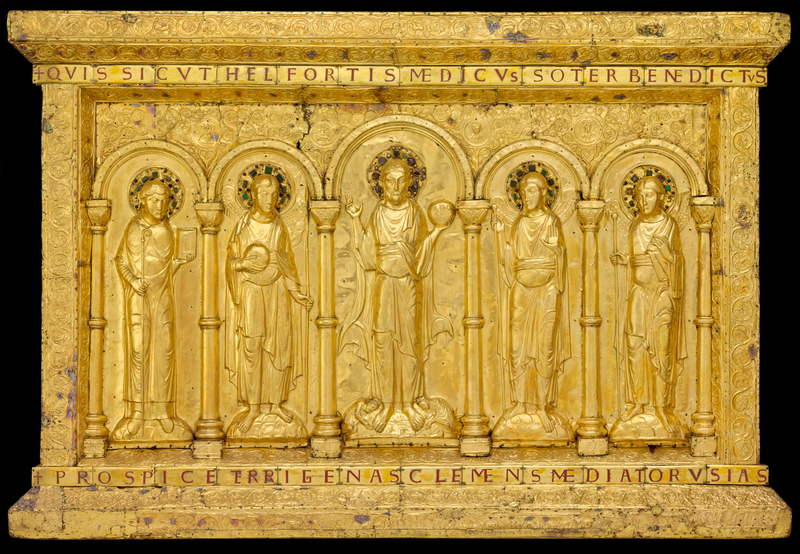

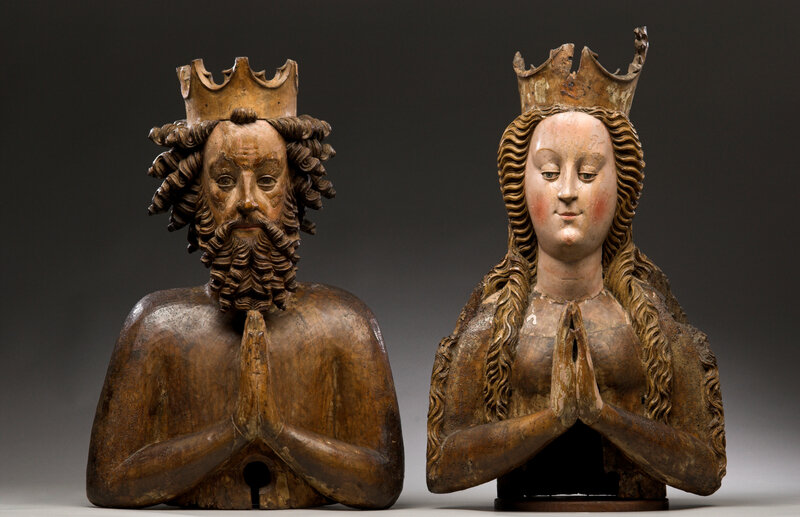

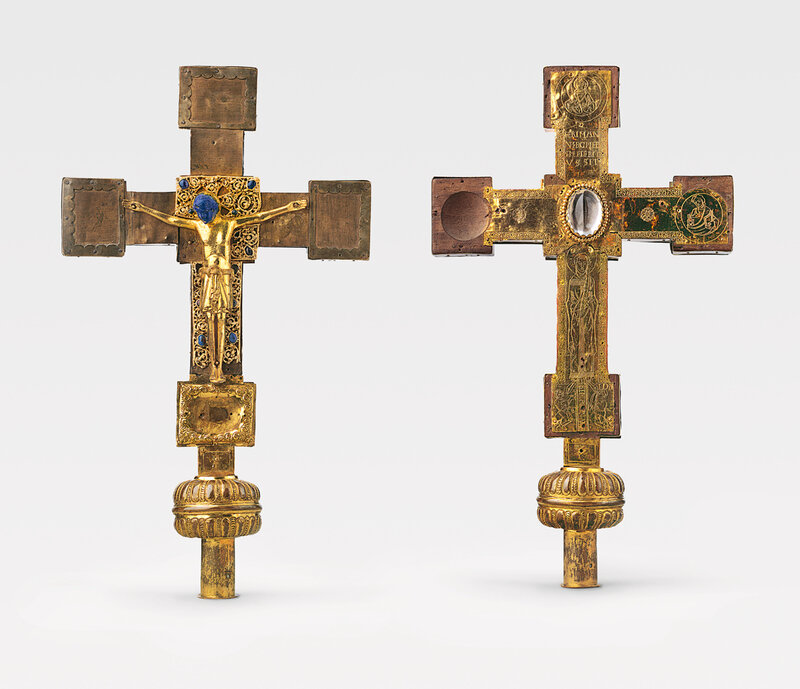
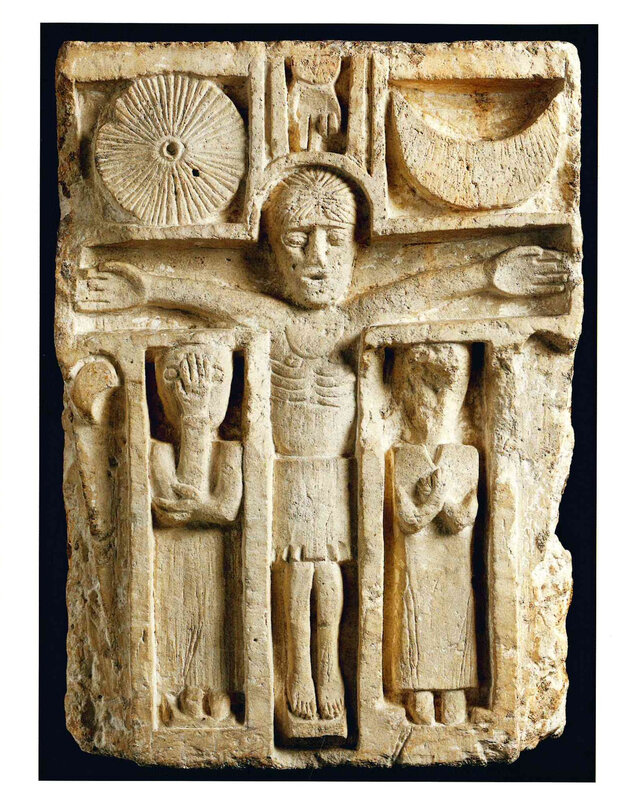
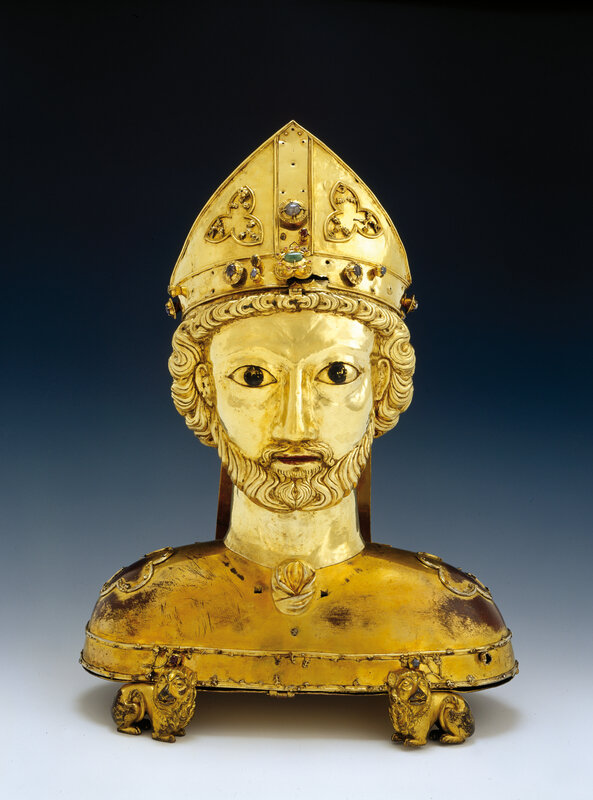

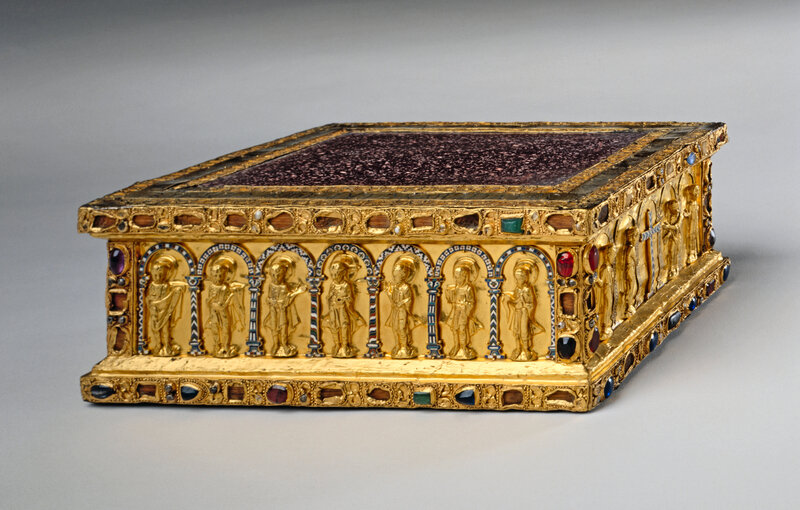
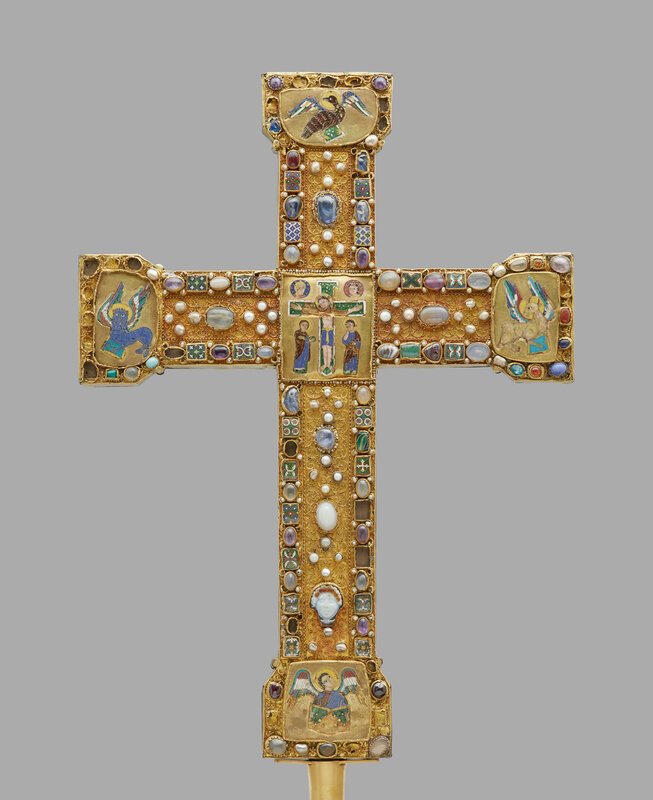
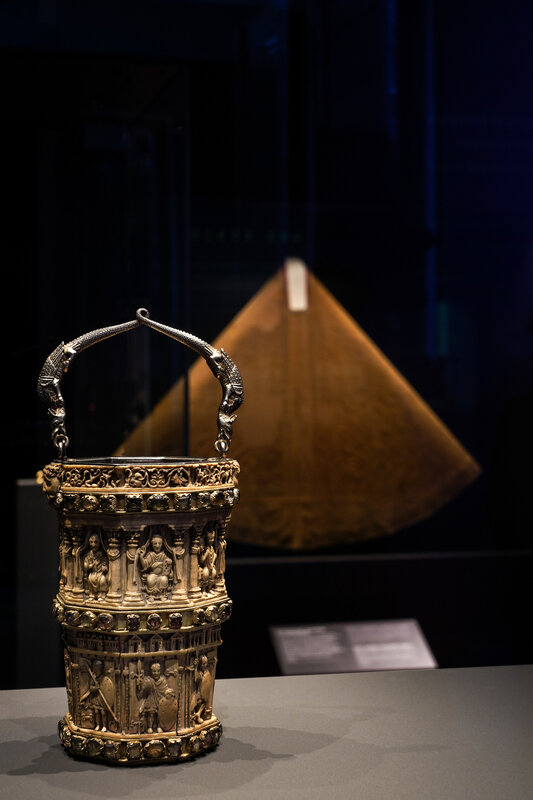

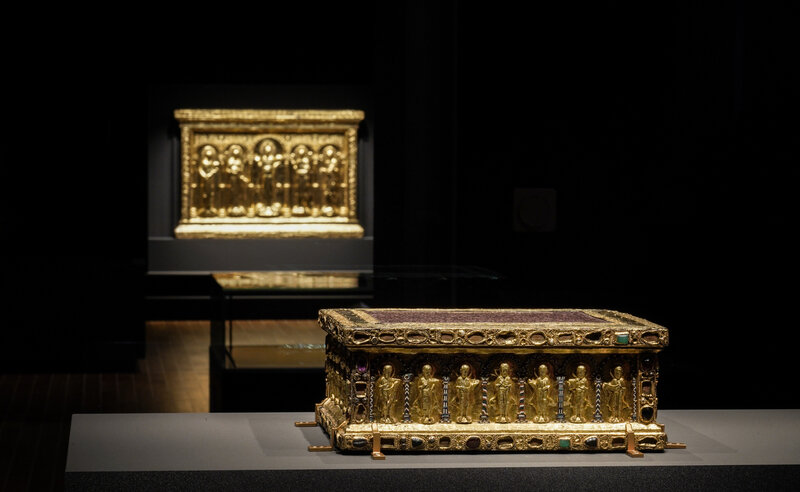
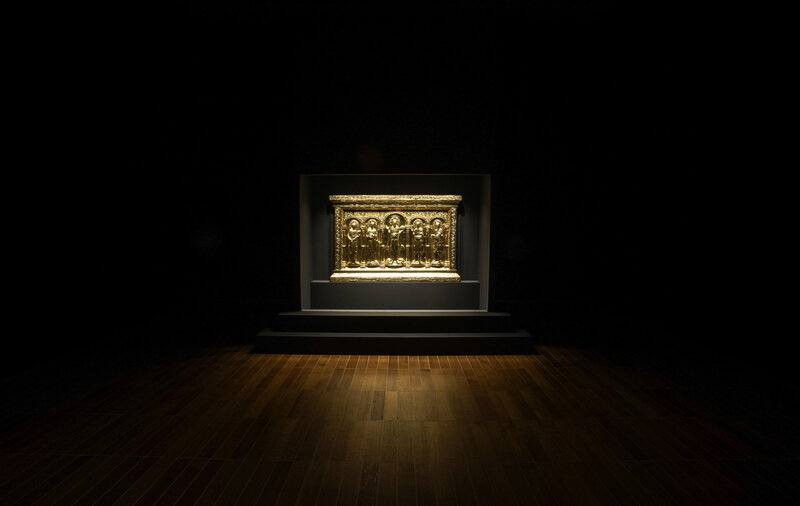
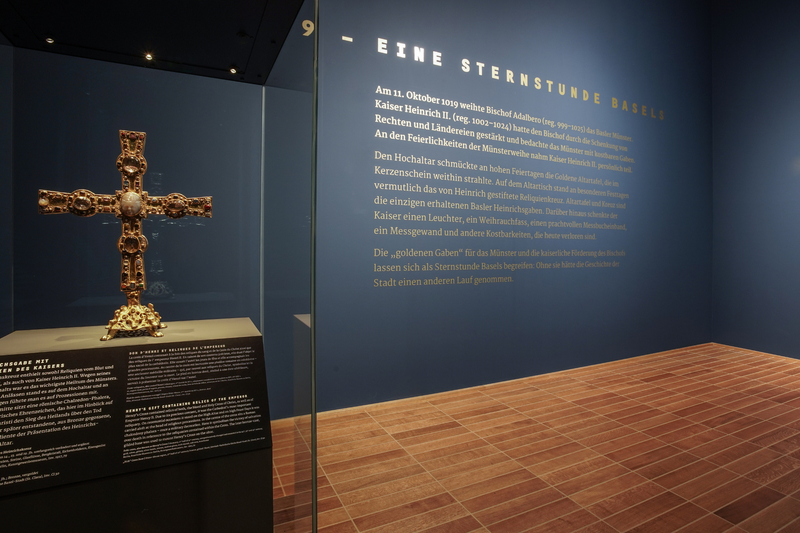

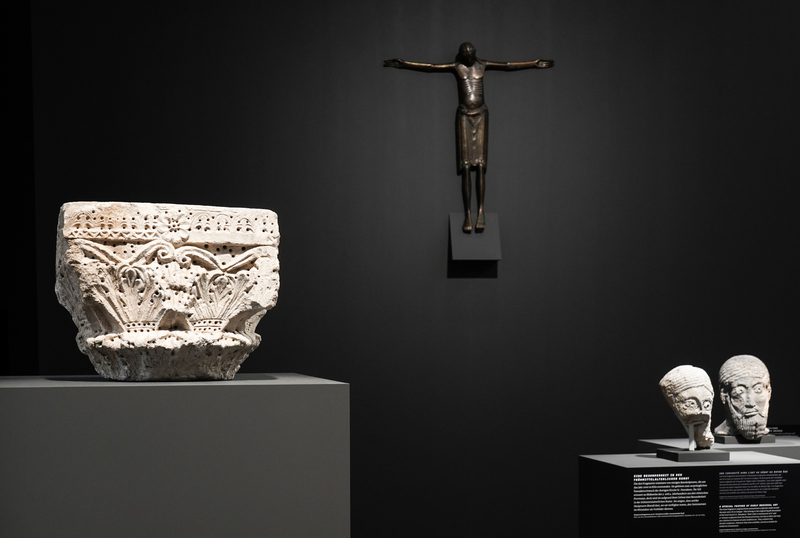
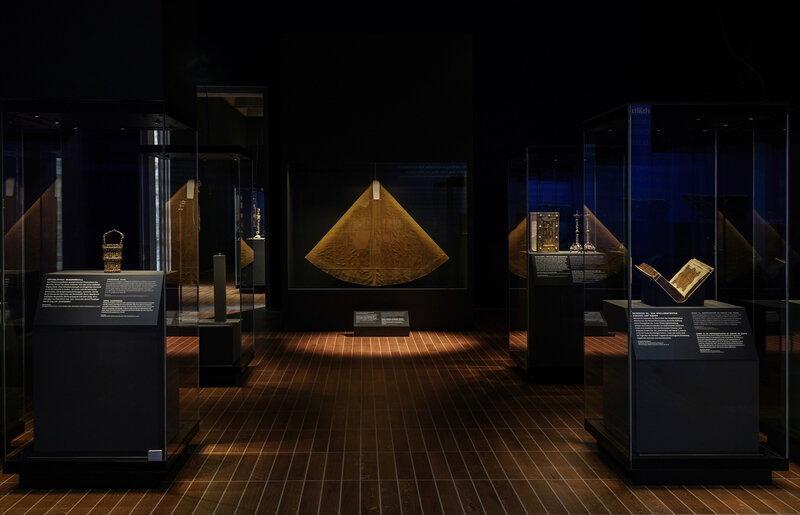
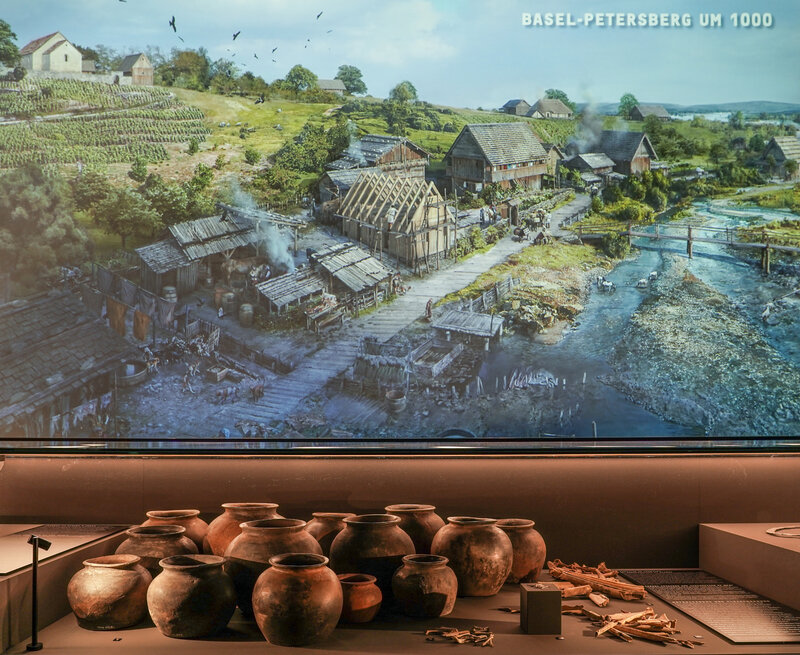

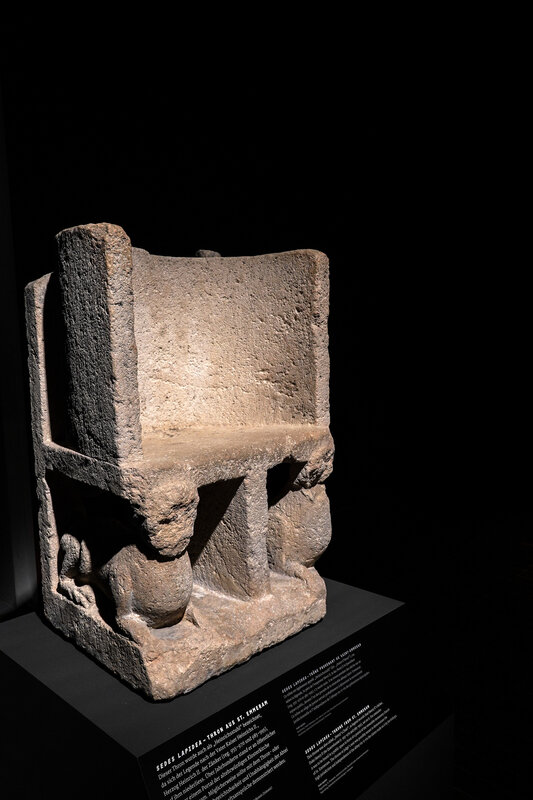


/image%2F1371349%2F20240429%2Fob_94d73d_artofthe-2.jpg)
/image%2F1371349%2F20240429%2Fob_a32180_438086347-1659660838137262-66806538687.jpg)
/image%2F1371349%2F20240429%2Fob_5853a1_440937185-1660184551418224-14760604465.jpg)
/image%2F1371349%2F20240428%2Fob_096a92_telechargement-10.jpg)